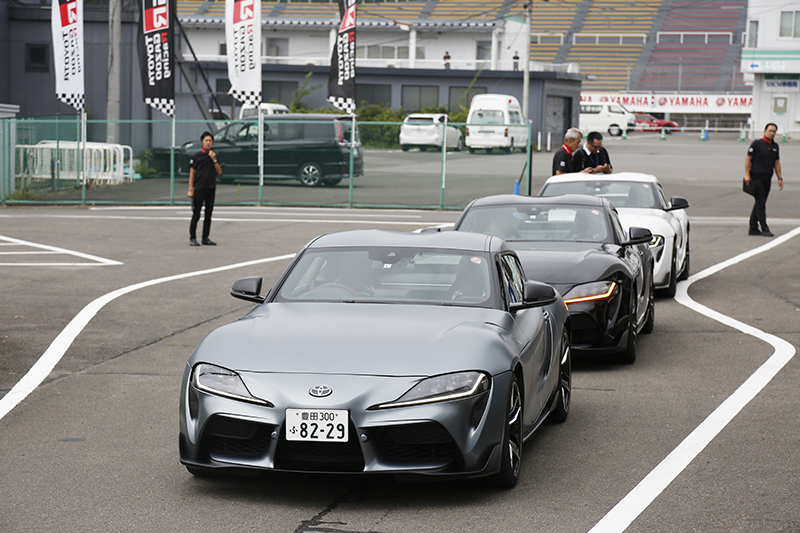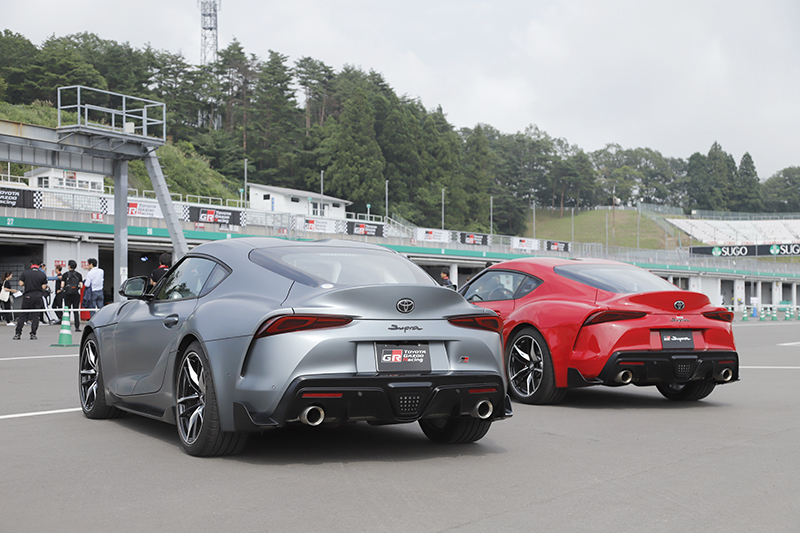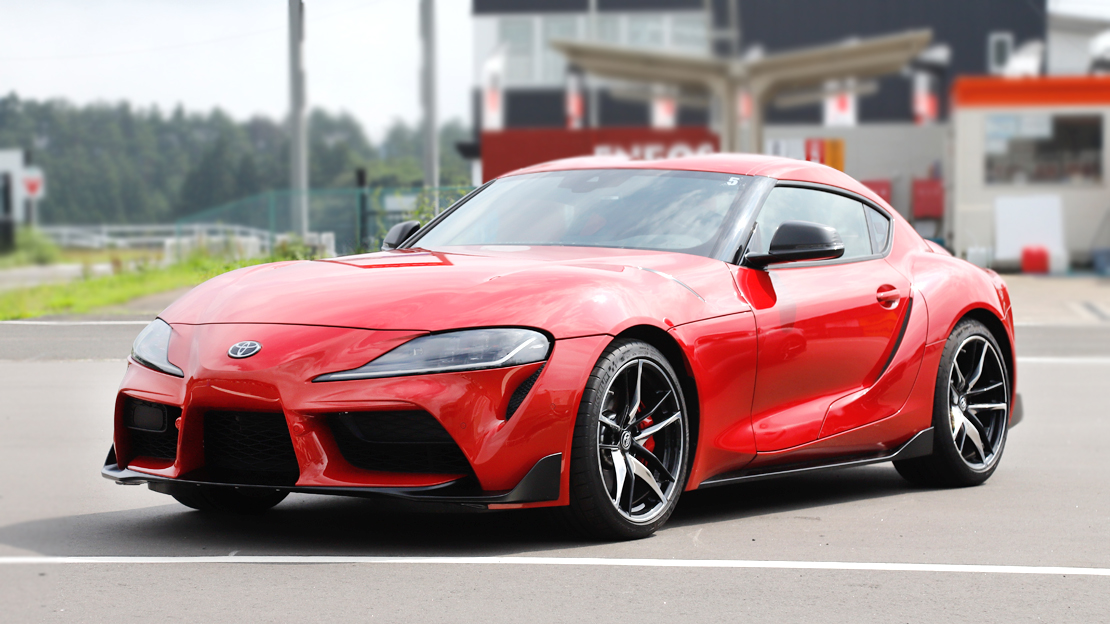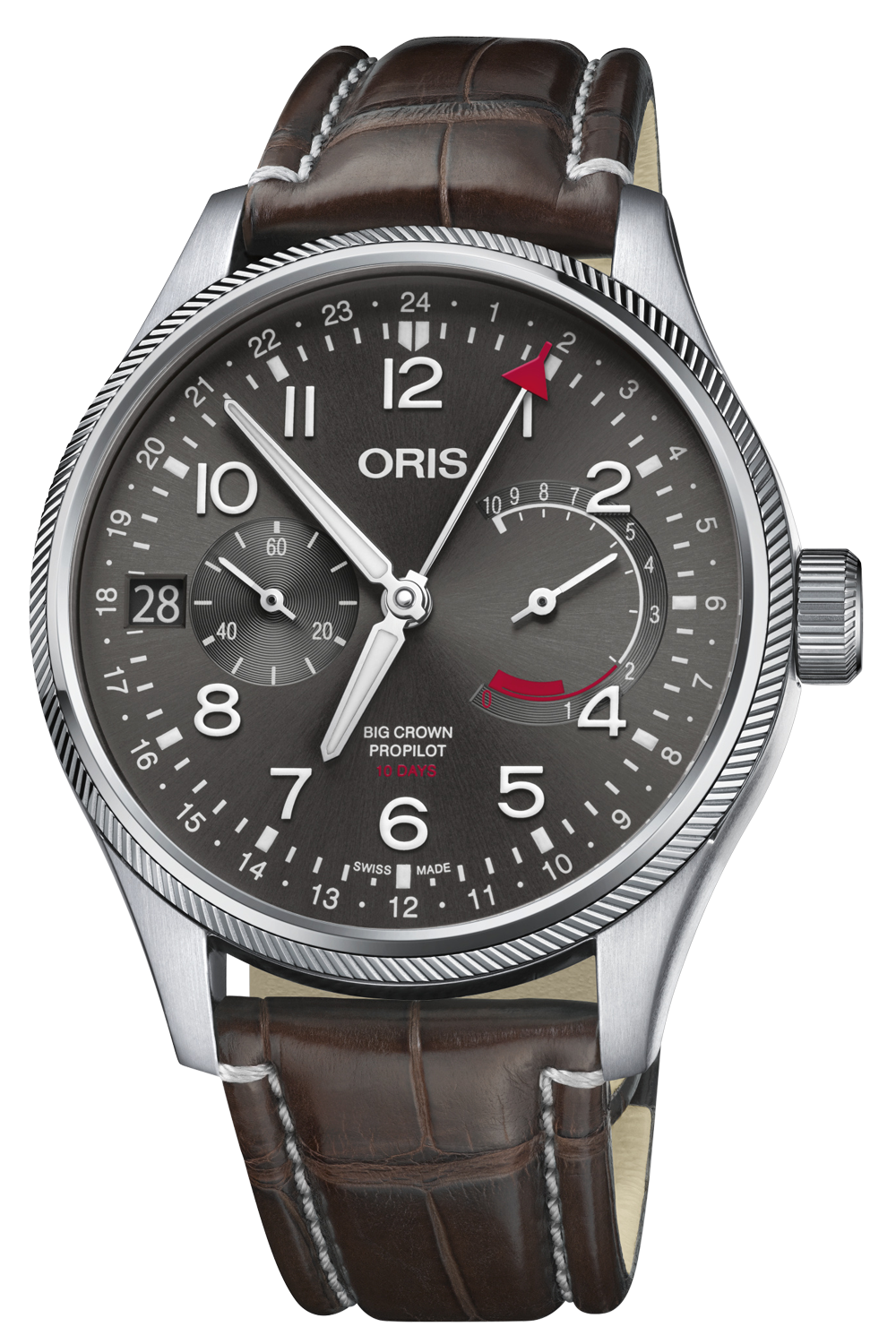GYUTAN is one of the best Japanese delicacies for which Sendai is known. An entire row of restaurants at Sendai’s train station serves this. It is offered in airport café menus. Sidewalk billboards invite passersby to feast on what is basically Japanese lengua. Usually grilled, but often also served in tomato-based sauces and other gravies, as well as making up the meat part in Japanese curry, gyutan is beef tongue.
Now some people may not put beef tongue high on their list of savory stuff but, really, gyutan should not be missed when in Sendai. Besides, and like this or not, there must be some humor to be had in tasting something that could taste you back.
In any case, gyutan is not the only attraction going for Sendai — Miyagi prefecture’s capital city of a little over a million inhabitants. Sendai is known as the City of Trees, a result of a feudal decree issued in the early 1800s which encouraged locals to plant trees in their backyards. But the call seems necessary only in the plains; the mountains above the city is a forest of greens.
If a tree falls there and nobody hears it, it may or it may not make a sound. But there’s a chance it would hit a racecar. Because nestled among the woods up there, in a place called Murata, is Sportsland Sugo, a racetrack hosting some rounds of the Super GT, Super Taikyu and the F4 Japanese Championship, among other series.

Toyota Motor Corp. (TMC) chose Sugo as the spot on which to showcase the merits of the fifth-gen Toyota Supra. But the carmaker did more than just let the sports car be driven on the track and on some winding country roads. Toyota also wheeled out key people to talk about the circuitous route leading to the Supra’s arrival on the production line. This means that — and not to confuse bovine with equine idioms — we hear the story straight from the horse’s mouth.
David Lovett, a Nihongo-speaking American who is a technical consultant at TMC, said the first Supra of 1978 wasn’t even called a Supra in Japan, but rather a Celica XX. And neither was it a sports car; it was a biggish (for the era) GT.
“This one really has an interesting story behind it. For hilarious reasons, Toyota was not allowed to use the double X name in America. So we adopted the new name ‘Celica Supra.’ And that was the first time the Supra name was put in a vehicle in the Toyota lineup,” Lovett said.
He went on to explain this first Supra “created the blueprint, the backdrop, of what the Supra would become.” Apparently, Toyota needed to append the Celica name either with the XX or Supra because the car was powered by an inline-six rather than the Celica’s usual array of pedestrian four-pot mills.
“The Supra was a level up,” Lovett said, noting in jest it also “had an eight-track player.”

He added that by the time the second-gen Supra came out, the badge pasted on it had the “Supra” name in a larger font, with the “Celica” tag now smaller. It was no insignificant move; it signaled the model’s transition from GT to sports car was on its way.
The third-gen Supra is a personal favorite, Lovett said, even calling the car one of the best designs to come out of the 1980s.
“This one started getting fast… it can do 0-60 [mph, or around 100km/h] in 6.5 seconds. That’s fast, I mean that’s fast even today,” he said.
Lovett continued; “In 1993 we all know what happened — we got the Mk. IV. And this, this is the legend. This is the car that lit the fire in enthusiasts’ hearts. There’s a whole lot of reasons behind this. But one of the big reasons is the engine — the 2JZ-GTE twin-turbo inline-six. It put out a massive amount of power. We got 320hp and the car would do 0-60 in 4.5 seconds… that’s fast. Even by today’s standards that’s really, really fast. This thing was straight up, 100% Japanese supercar.”
Supra sports car, Z4 open-top cruiser
That the new, fifth-generation Supra is a fraternal twin to the BMW Z4 is no secret at all. And neither is Toyota denying the fact that the Supra gets the key mechanical bits of the BMW. Still, Toyota constantly stresses that it and BMW only worked during the initial development phase of the cars.
“They worked very closely together to get the architecture to a point that this would serve the needs of both the Supra and the Z4,” Lovett said, adding that Supra chief engineer and Gazoo Racing general manager Tetsuya Tada even approached BMW by saying, ‘hey, my benchmark is Porsche.’”
BMW was understandably perplexed by the idea because its engineers did not have that mindset, according to Lovett.

“But Tada-san worked really, really hard to keep that mindset going. So from a very early stage, Toyota was involved directly with BMW in developing this platform that could be a knife-edge, hard, ballistic sports car as well as an open-top cruiser.
“Once they got the basic architecture figured out — the platform, the engine, transmission, suspension, brakes — the two teams split. And once they split, they pretty much never spoke to one another. They no longer shared any development [work] between the two of them. So exterior design, interior design, suspension tuning, brake tuning, engine tuning, particularly exhaust tuning — all this was done completely separately between the two teams.
“The best way to think about the relationship between the Supra and the Z4 is that they are vehicles that share the same platform but have completely different purposes. The Supra is a dyed-in-the-wool sports car, and the Z4 is an open-top grand tourer…. They are different cars,” Lovett said.
Tada, who also oversaw the development of the Toyota 86, related he landed the Supra job when Toyota headquarters, in May 2012, pulled him out of an 86 launch program and told him to go to BMW offices the next day. “You cannot tell anyone where you are going” were his instructions.

“When I met with them [BMW], I found out they were nice people. And I reported to Toyota that if we are going to make a new car with somebody, they should be it.
“The office then told me: ‘OK, now you lead this team,’” Tada said.
The chief engineer — a revered position in Japanese auto companies — said he was surprised when BMW engineers told him they did not really know how to make a sports car. Tada thought this to be odd, considering the company offered numerous M variants. Then he realized the M variants are simply high-performance versions of BMW sedans and SUVs — not actually sports cars..
But a bigger stumbling block, according to Tada, was the reluctance of Herbert Diess, at the time a member of the board of management for development at BMW, in building a pure sports car. The project did not make good business sense to the executive, according to Tada. And so it stalled.
But then in 2015 Diess left BMW for a cushier gig at Volkswagen. Taking Diess’s position was Klaus Frohlich, who as it turned out was more receptive to the idea of making a sports car with Toyota. This, Tada said, rebooted the Supra/Z4 project.
To say from that point on that the rest is history… well, it just rolls off the tongue, doesn’t it?




